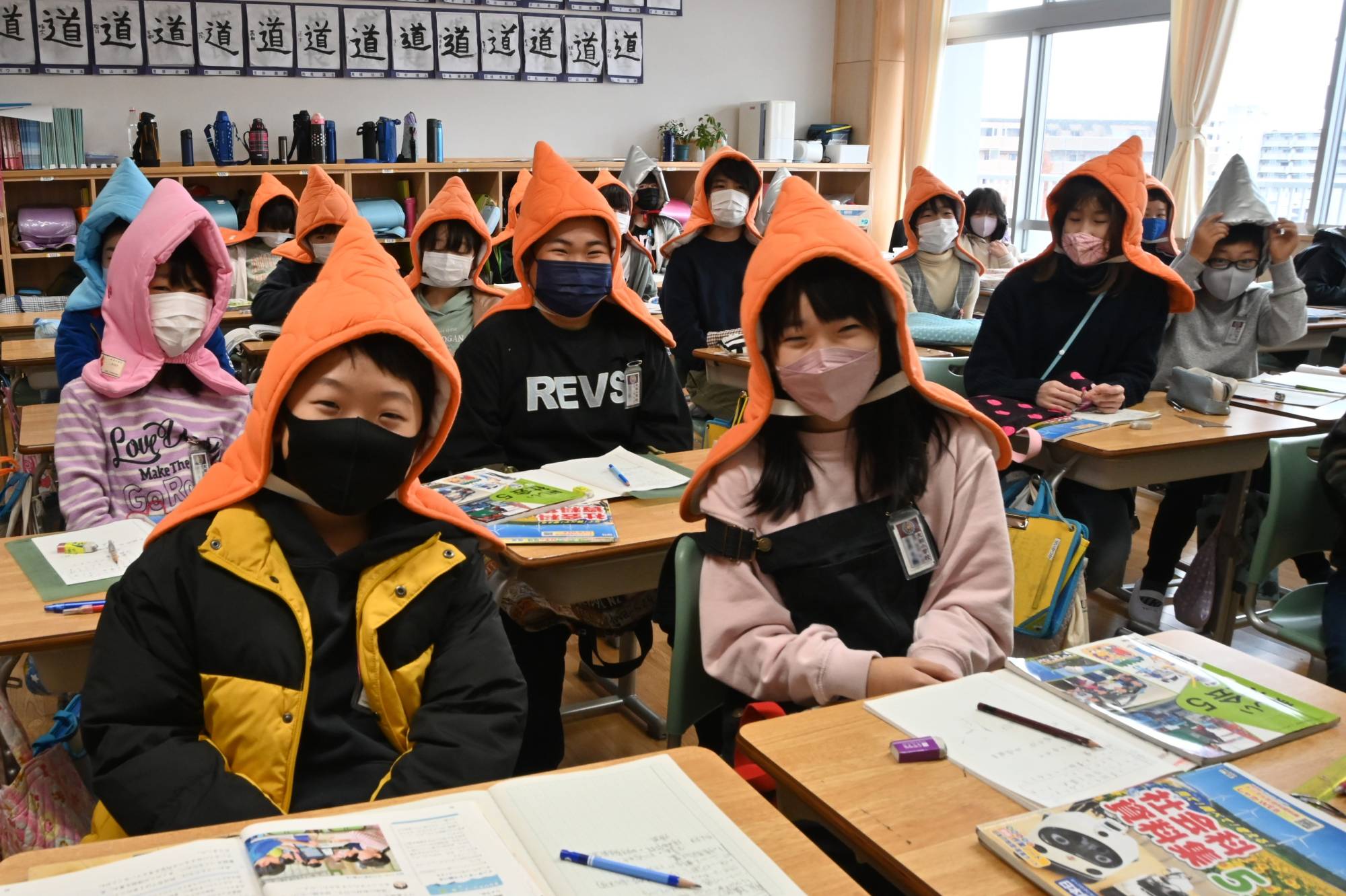Are the protective hoods worn by schoolchildren in times of disasters really effective?
That was a question asked by a woman in her 50s living in Sendai in the “letters from readers” section of Kahoku Shimpo. Protective hoods have gradually spread to elementary schools in Miyagi Prefecture, but some experts say helmets are more effective when disaster strikes.


















With your current subscription plan you can comment on stories. However, before writing your first comment, please create a display name in the Profile section of your subscriber account page.